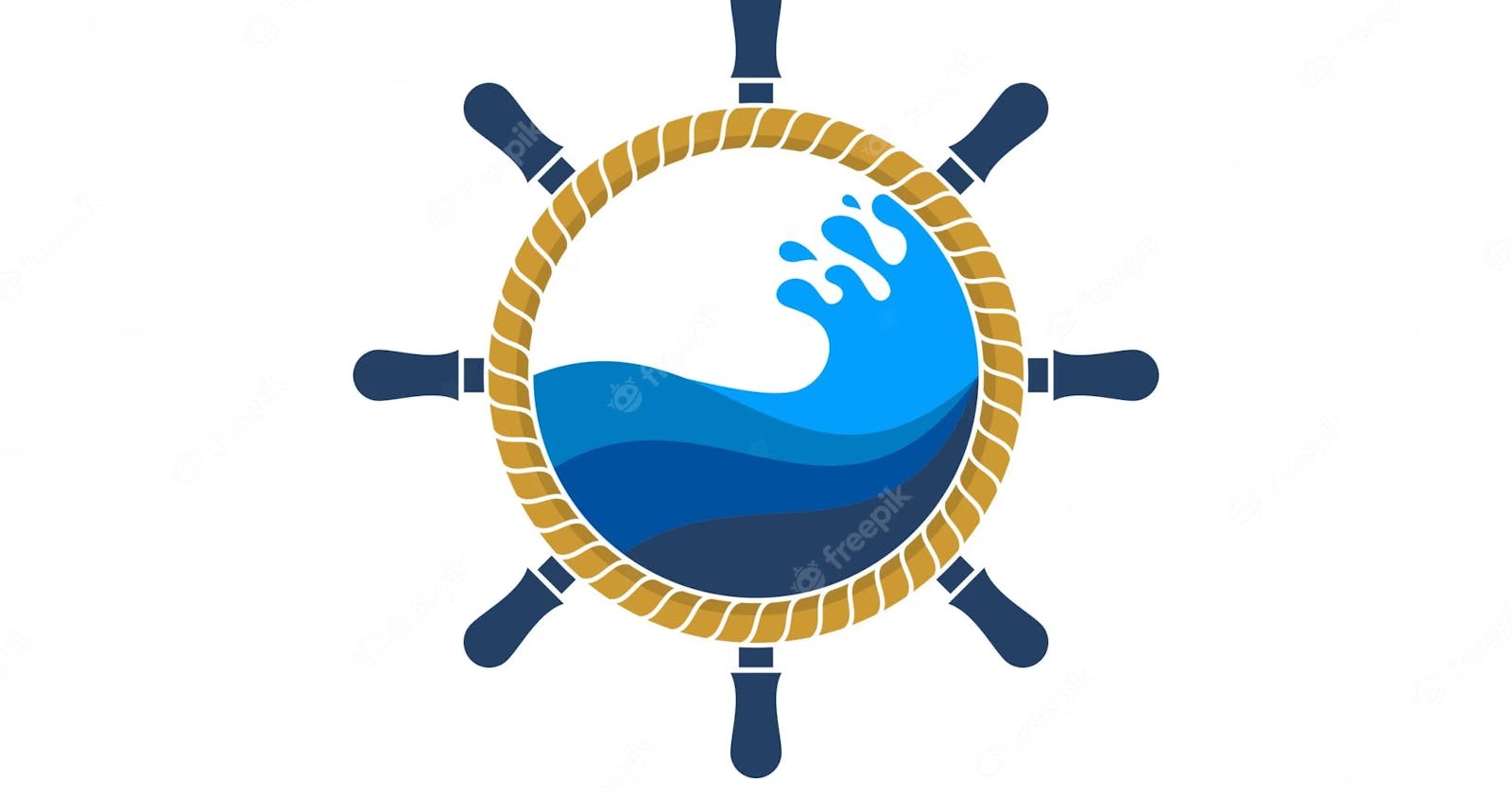Now that you have a basic understanding of Kubernetes and its core concepts, it's time to dive deeper into its architecture and components. In this article, we'll break down the different layers of Kubernetes and explain the role of each component. We'll also explore how these components work together to provide a robust platform for container orchestration.
By the end of this article, you'll have a good understanding of the Kubernetes architecture and its various components.

Kubernetes Architecture: Explained
Kubernetes is an open-source container orchestration platform that automates the deployment, scaling, and management of containerized applications. It is designed to be highly extensible and supports a wide range of container runtimes, including Docker and CRI-O.
Kubernetes Architecture
At its core, Kubernetes architecture is based on a master-slave model, where the master (also known as the control plane) manages the overall state of the system, while the nodes (also known as worker nodes) run the application workload.
Nodes
Nodes are the worker machines where containers are run. They are the computing resources on which your applications run. Each node has a kubelet (an agent that runs on each node and communicates with the master) pre-installed, and a container runtime such as Docker or CRI-O.
Pods
Pods are the smallest deployable units in Kubernetes and represent a logical host for containers. Each pod in a Kubernetes cluster runs one or more containers, and the containers within a pod share the same network namespace, meaning they can communicate with each other via localhost.
Services
Services are logical abstractions that expose an application running on the Kubernetes cluster to the network. Services act as stable endpoints to access the application within the cluster. They provide a consistent way to reference the pods that make up the application, regardless of where they are running.
ConfigMaps and Secrets
ConfigMaps and Secrets are Kubernetes objects that allow you to store configuration data and secret information, respectively, in a central place. ConfigMaps are ideal for storing non-sensitive configuration data, such as environment variables, while Secrets are ideal for storing sensitive information such as passwords and tokens.
Kubernetes Control Plane Components
The control plane is responsible for managing the state of the Kubernetes cluster. It consists of several components that work together to maintain the desired state of the system. The Kubernetes control plane components include:
kube-apiserver
The kube-apiserver is the Kubernetes API server and the front-end for the control plane. It provides a RESTful API that allows you to manage the state of the Kubernetes cluster, including creating and managing containers, services, and other resources.
kube-controller-manager
The kube-controller-manager is responsible for managing the various controllers that regulate the state of the Kubernetes cluster. Controllers are responsible for tasks such as scaling pods, managing services, and monitoring the state of nodes.
kube-scheduler
The kube-scheduler is responsible for scheduling pods onto nodes in the cluster. It uses policies to determine the best node to run the pod based on resource requirements, node capacity, and other constraints.
etcd
etcd is a distributed key-value store that stores the configuration data for the Kubernetes cluster. It's used by the control plane components to store and retrieve configuration data, including the desired state of the cluster.
Kubernetes Node Components
The node is a worker machine where container workloads run. Each node has several components that work together to manage the containers running on that node. The Kubernetes node components include:
kubelet
The kubelet is an agent that runs on each node in the Kubernetes cluster. It's responsible for ensuring that containers on the node are healthy, running, and properly provisioned. It interacts with the master and performs tasks such as pulling images, starting and stopping containers, and monitoring container health.
kube-proxy
The kube-proxy is a network proxy that runs on each node in the Kubernetes cluster. It routes traffic to the appropriate container based on the IP address and port number of the incoming request.
Container Runtime
The container runtime is responsible for running the containers on the node. Kubernetes supports a wide range of container runtimes, including Docker, CRI-O, and Containerd.
Conclusion
Understanding the architecture of Kubernetes is essential to using the platform effectively. By knowing the roles and responsibilities of each component, you can design and manage your Kubernetes workloads more effectively. I hope this article has helped explain the basic concepts of Kubernetes architecture.
